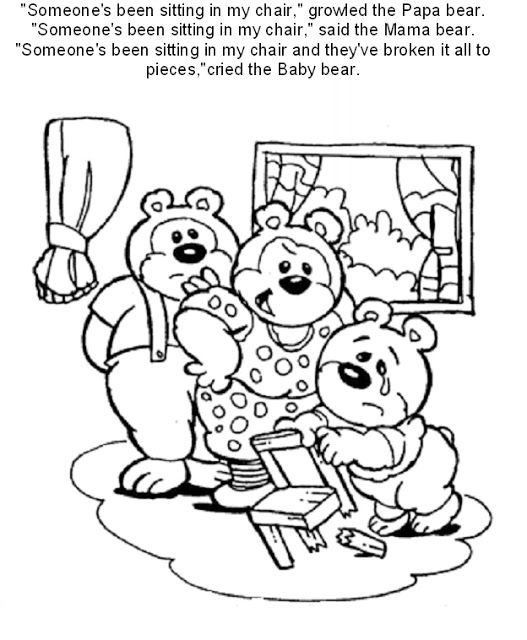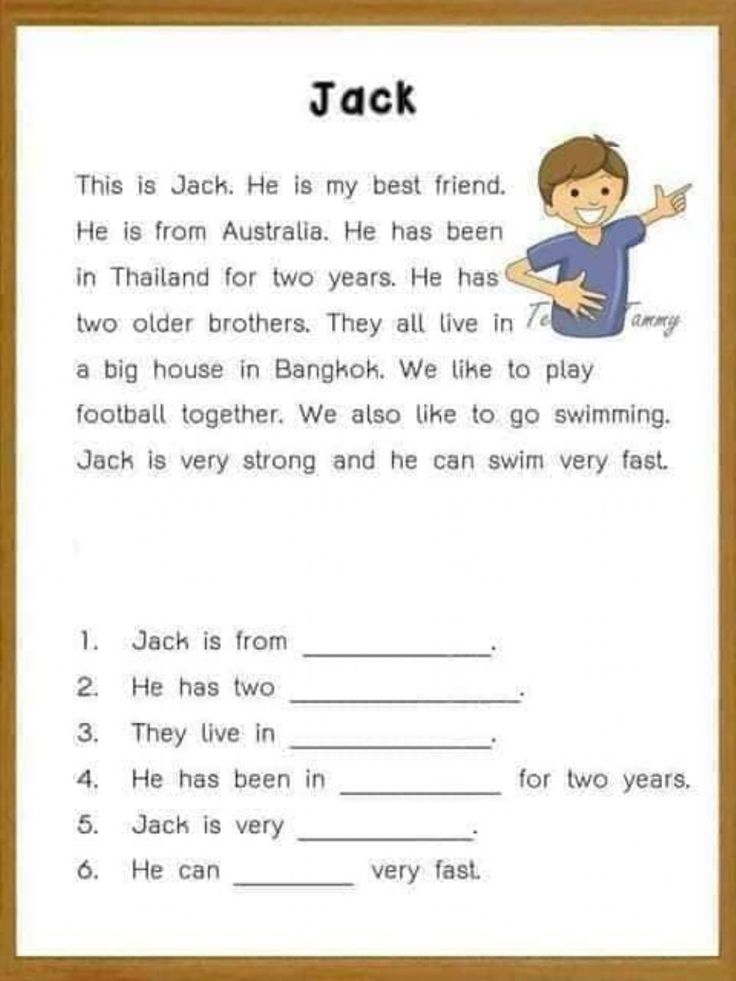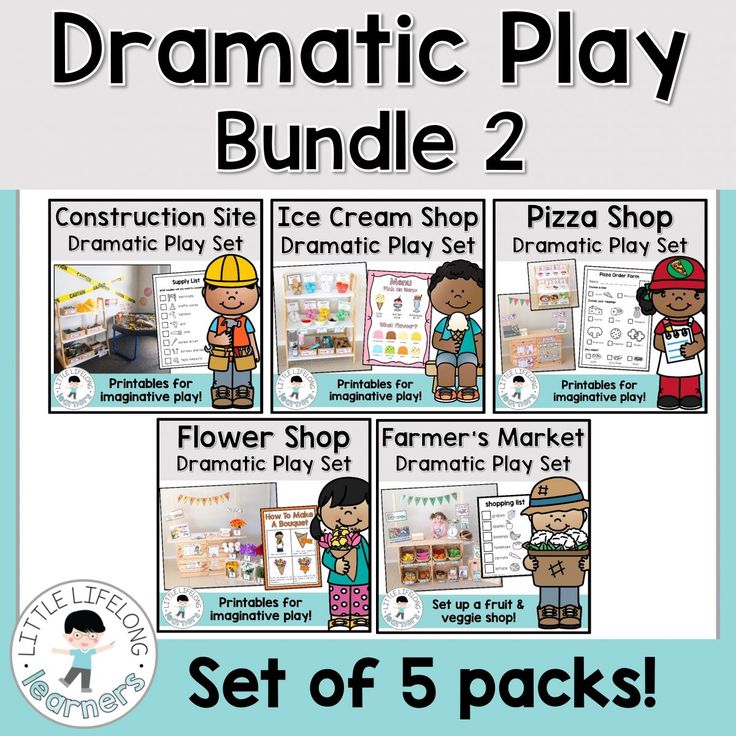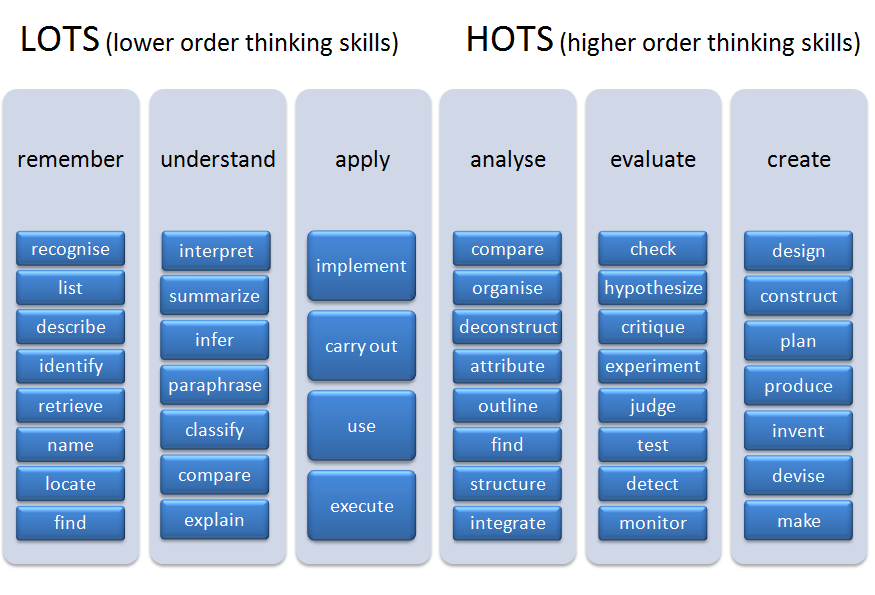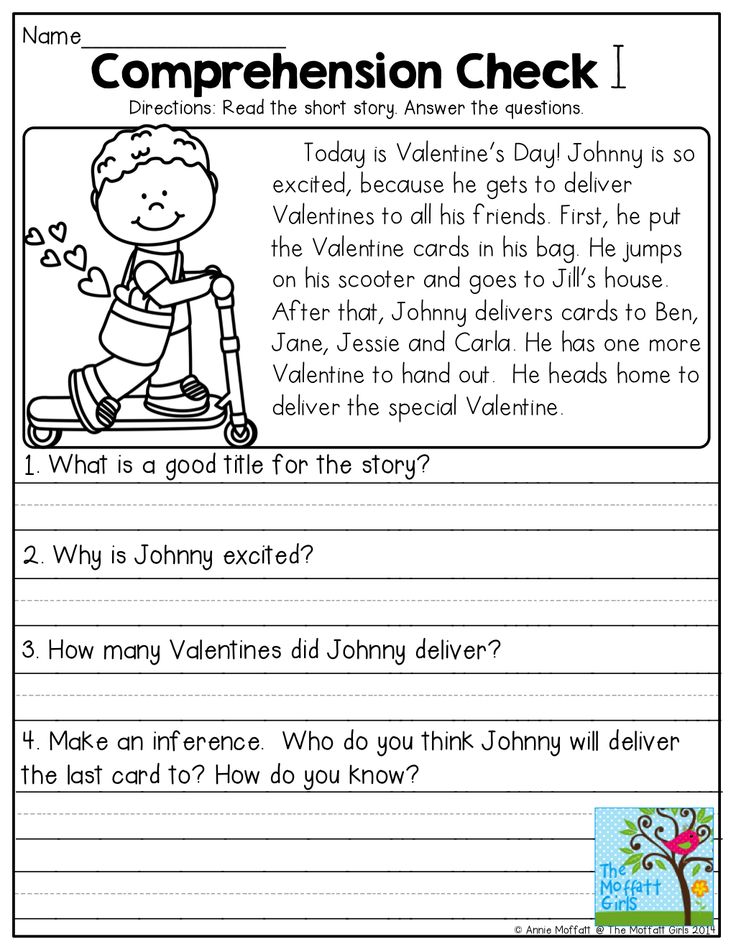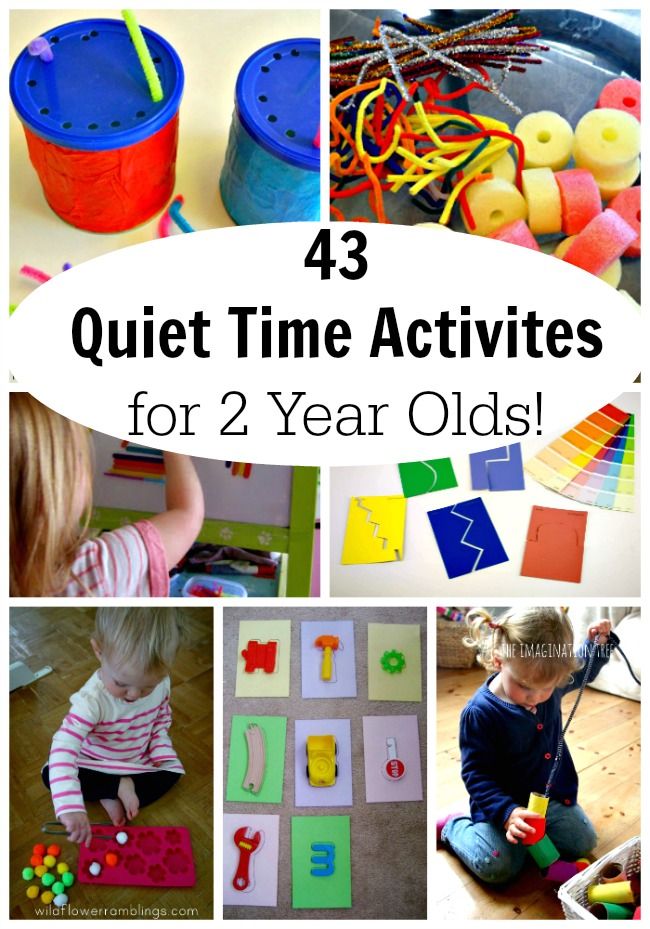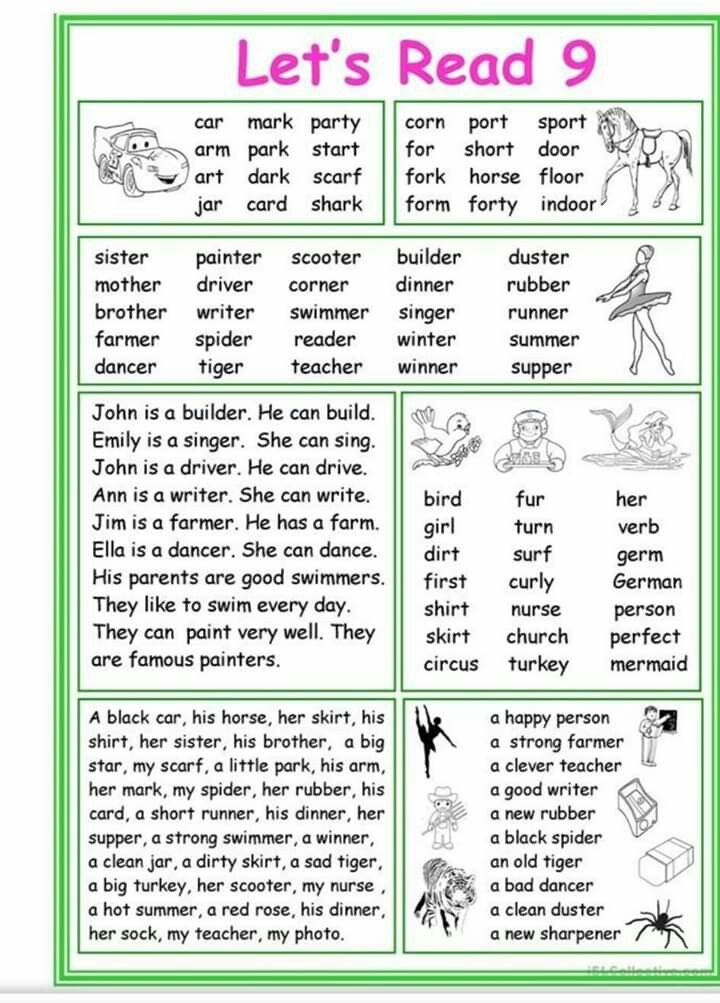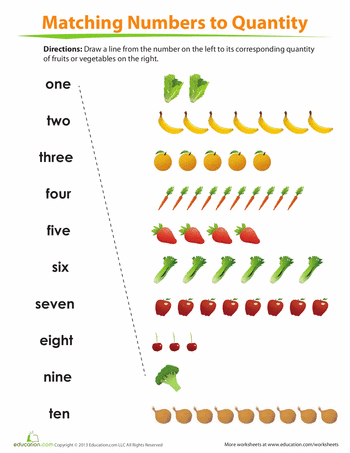Functional 3 step directions
Teaching How To Follow 2- and 3-Step Sequential Directions
This is a guest blog post by Holly, a school-based SLP, all about teaching how to follow 2 and 3-step sequential directions!
Teaching Sequential Directions
Do you have students on your caseload that can follow one-step directions pretty well, but–as soon as the complexity increases–that accuracy goes out the window?
If that’s the case for you and your students, you’re not alone! There are plenty of factors that influence the ability to follow complex directions: hearing/vision, executive function skills, language comprehension, grammar, student level of interest, task complexity, and sequencing, just to name a few. These areas were reviewed in further depth in a previous post on following simple directions — a lot of that info applies here, too!
Complex instructions are relevant for students across the grade-span. Like many domains of communication, the milestones related to following directions are geared towards younger children:
– Between 1-2 years of age, kids generally follow familiar one-step directions with support (Linguisystem, 2014)
– Between 2-3 years, children can follow two-step commands (Linguisystem, 2014)
– Around 4-5 years old, kids typically understand sequential terms (e. g., first, next, last) and respond to three-step directions at home or school (ASHA)
We know, of course, that the importance and complexity of instructions don’t end at age 5. Whether you work at an elementary, middle, or high school, following instructions serves as a major foundation for learning. These skills are also incredibly valuable for students working on vocational skills and transition plans. (Imagine your first day at a new job! There are countless tutorials to follow and procedures that you’re expected to get the hang of!) So how can we support our students no matter what level they’re working at?
In a previous post on following simple directions, we outlined the process of assessing this skill, selecting meaningful targets, using visuals and strategies, plus designing structured and contextualized intervention.
Now we’re taking it a step further by teaching how to follow multi-step, sequential directions! We’ll review different types of complex directions, plus how to teach and strengthen this skill in therapy.
Types of Complex / Multi-Step Directions
Not all directions are equally complex — that’s why it’s important to figure out what strengths and challenges are impacting a student’s ability to follow along with instructions. Here are a couple examples:
Conditional Directions: If you ride the bus after school, line up here.
Spatial Concepts: Take a seat at the nearest table and face your chair towards the front of the room.
Temporal Concepts: Before you sit down, hang up your bag on the wall.
One Action, Multiple Objects: Grab a packet, glue stick, and a pair of scissors from the table.
Multiple Actions, One Object: With your pen, circle the word you don’t know, then underline any clues that will help you figure out what the word means.
Multiple Actions, Multiple Objects: Pick out a book, bring it to the checkout counter, and present your student ID card to the librarian.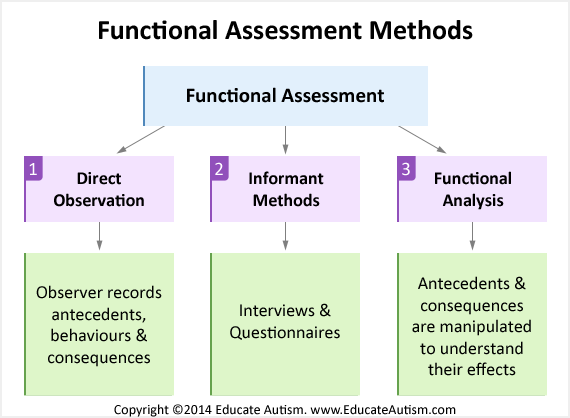
The more concepts embedded into a set of instructions, the higher the demands placed on language and working memory will be.
For a deeper dive into assessing these skills, check out the prequel to this blog post and browse through the assessment materials available through the SLP Now membership! There’s a Smart Deck to quickly probe students’ accuracy in following 1, 2, and 3-step directions.
Teaching Multi-Step Directions in Therapy
How do you feel about using anchor charts, visuals, and compensatory strategies in therapy? From kindergarten through high school, I’ve found that these kinds of support make a huge difference for students.
VisualsWhen teaching a new skill, it can be helpful to use visual aids to represent a concept. This is because many of our students are already challenged by auditory or written comprehension (Law et al., 2017), so we can use this teaching phase as an opportunity to play to any strengths! This might involve using pictures, symbols, photos, or other visual supports when teaching a skill.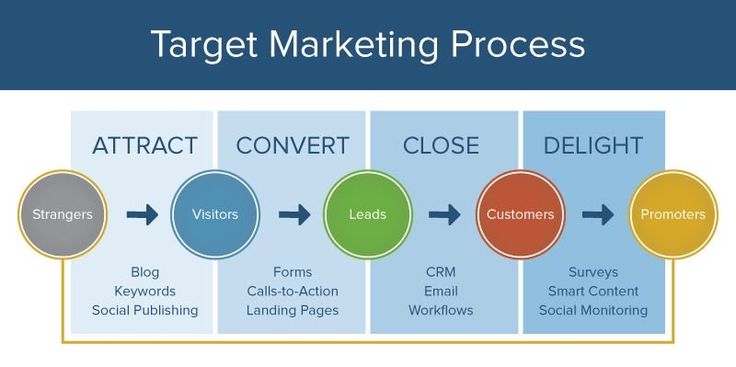 Here are some of my favorite visuals to use with complex instructions:
Here are some of my favorite visuals to use with complex instructions:
When helping students strengthen skills in an area, it takes time and practice. Strategies can be taught, practiced, and used the very same day — that kind of success can be really motivating for our students when they’re starting out! Over time, using rehearsal/visualization techniques has also been found to improve students’ abilities to follow directions (Gill et al., 2003).
These handouts (included in the SLP Now membership) are great for partnering with teachers and working on self-advocacy skills for students.
Targeting 2 & 3-Step Sequential Directions (In Therapy & Beyond!)
Once you’ve selected your targets and reviewed the skills and strategies you’ll be working on with your students, now comes the fun part… Practice!
GamesIntroduce a new game or tweak a familiar one, emphasizing the importance of listening to the instructions
RecipesCan you think of a multi-step activity that is more functional than following a recipe? Our speech-language rooms don’t often come equipped with extra space, so your recipe could be as simple as making trail mix.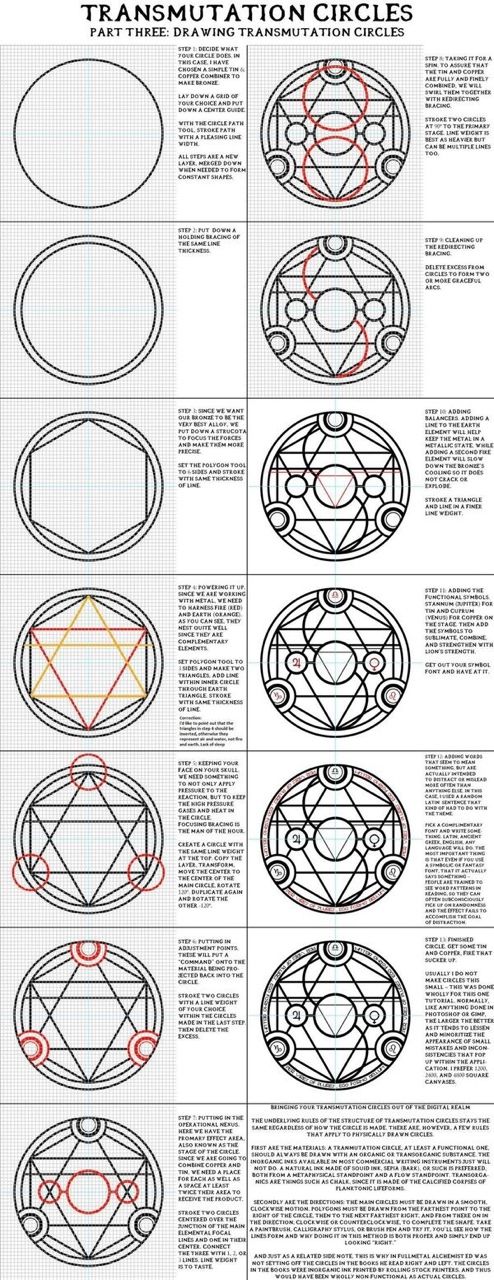 However, if your school has an area dedicated to cooking skills or a kitchen space that you can borrow, try incorporating it into your therapy activities!
However, if your school has an area dedicated to cooking skills or a kitchen space that you can borrow, try incorporating it into your therapy activities!
Try filling out a planner, agenda, or calendar with students. The working memory demands are high here (e.g., note that your spring break is from April 4th-8th, and your book report is due the following Monday), so it emphasizes the importance of using external strategies, such as writing down details!
Vocational ActivitiesWhen working with older students and developing transition plans, identify what kind of job skills involve complex directions (e.g., bagging groceries involves sorting items based on weight/shape/temperature, organizing them into a bag, and placing the bags into the cart). This is a great opportunity to incorporate your students’ interests!
Other Curriculum-Based ActivitiesTo support carryover throughout a student’s school day, collaborate with other teachers to see what activities involve complex directions. In a framework developed by Wallach (2014) and Kamhi (2014), we see that a contextualized approach to targeting these skills can be the most effective!
In a framework developed by Wallach (2014) and Kamhi (2014), we see that a contextualized approach to targeting these skills can be the most effective!
I hope this post has been helpful for you! Do you have any other questions or ideas for targeting multi-step directions? Feel free to comment below — thanks for stopping by!
References
American Speech-Language-Hearing Association. (n.d.) What should my child be able to do? Four to Five Years Old. Retrieved from https://www.asha.org/public/speech/development/45/.
Gill, C. B., Klecan-Aker, J., Roberts, T., & Fredenburg, K. A. (2003). Following directions: Rehearsal and visualization strategies for children with specific language impairment. Child Language Teaching and Therapy, 19(1), 85-103.
Kamhi, A. G. (2014). Improving clinical practices for children with language and learning disorders. Language, Speech, and Hearing Services in Schools, 45(2), 92-103.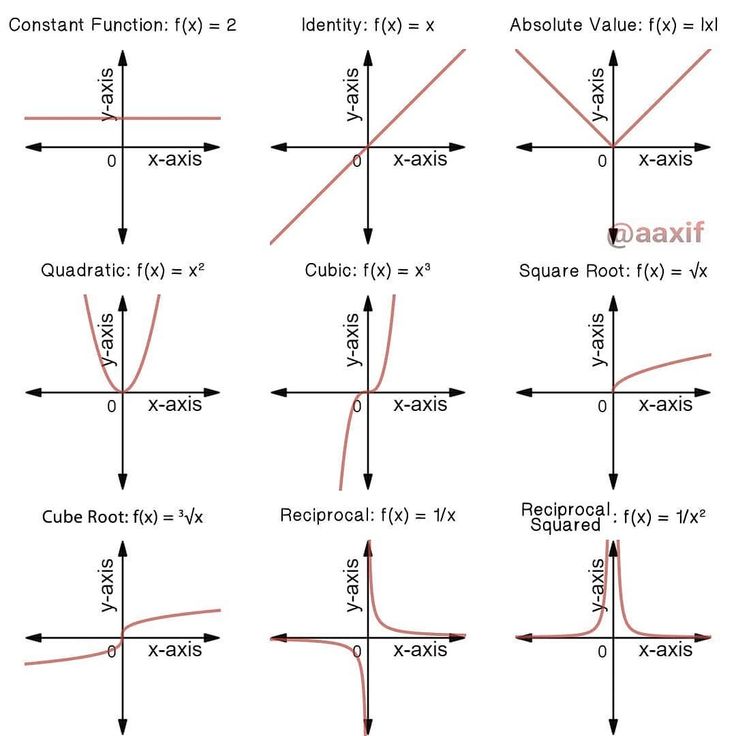
Law, J., Dennis, J. A., Charlton, J. J. V. (2017). Speech and language therapy interventions for children with primary speech and/or language disorders. Cochrane Database Systematic Review.
Wallach, G. P. (2014). Improving clinical practice: A school-age and school-based perspective. Language, Speech & Hearing Services in Schools, 45, 127–136.
Following Instructions - Kid Sense Child Development
What is following instructions?
Following instructions is a part of everyday life. It is the child’s ability to act on requests by others. Following instructions requires the child to attend to detail in spoken language, to sequence the information in the appropriate steps and to seek clarification if they have trouble remembering or recalling the information. At home, parents ask their children to do things around the house (e.g. “Put the cup on the table”) and at school teachers ask their students to follow commands within the classroom (e. g. “Go to your bag and get your lunch”) and within academic tasks (e.g. “Copy the spelling words on the board, then put each of them into a sentence”). When children engage with their peers, they often give each other instructions in play (e.g. “Can you put the doll in the bed?” or “Let’s make the train go to the station, then get all the people”).
g. “Go to your bag and get your lunch”) and within academic tasks (e.g. “Copy the spelling words on the board, then put each of them into a sentence”). When children engage with their peers, they often give each other instructions in play (e.g. “Can you put the doll in the bed?” or “Let’s make the train go to the station, then get all the people”).
Why is the ability to following instructions important?
It is important for children to be able to follow instructions so that they can function effectively across different environments (e.g. home, kindergarten/school, when at the park or visiting a friend’s house). If a child struggles with following instructions this impacts on their ability to reach the desired ‘purpose’ or ‘outcome’ and thus complete tasks effectively.
What are the building blocks necessary to develop following instructions?
- Hearing
- Receptive (understanding) language: Comprehension of language, especially concepts and vocabulary.
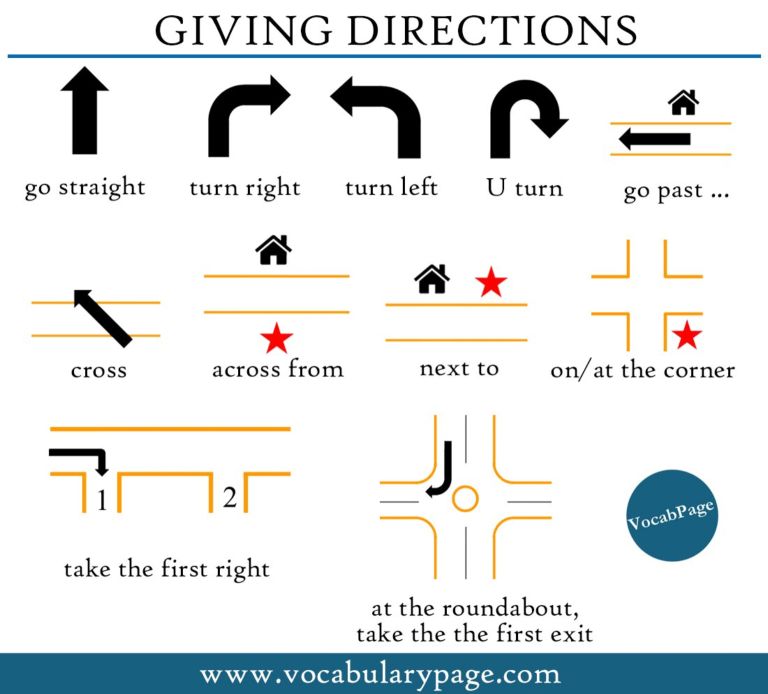
- Attention and concentration: Sustained effort, doing activities without distraction and being able to hold that effort long enough to get the task done.
- Working memory: The ability to temporarily retain and manipulate information involved in language comprehension, reasoning, and learning new information and to update this information as change occurs.
- 1 – 2 years of age: Can follow simple 1 step instructions (e.g. “Give the cup to mum”).
- 2 – 3 years of age: Can follow 2 part commands (e.g. “Go to your room and get your jacket”).
- 3 – 4 years of age: Can follow 3 part instructions (e.g. “Point to the cat, dog and monkey”).
How can you can tell if my child has problems with following instructions?
If a child has difficulties with following instructions they might:
- Need instructions to be presented in a short and simple manner.

- Struggle with following longer instructions and commands need to be repeated.
- Fail to follow instructions accurately and often misinterprets information.
- Appears to be distracted or non-compliant.
- Look at you blankly when you give them an instruction.
- Avoid carrying out instructions by talking about something else to distract the person.
- Look to peers to work out what they need to do.
What other problems can occur when a child has difficulties with following instructions?
When a child has following instruction difficulties, they might also have difficulties with:
- Behaviour: The actions of a person, usually in relation to their environment (e.g. a child may refuse to listen to instructions and/or engage in another activity of their choosing).
- Completing academic work (e.g. the child may misinterpret or fail to comprehend verbal or written instructions for classroom activities and are therefore unable to complete work and fail to meet the task requirements).
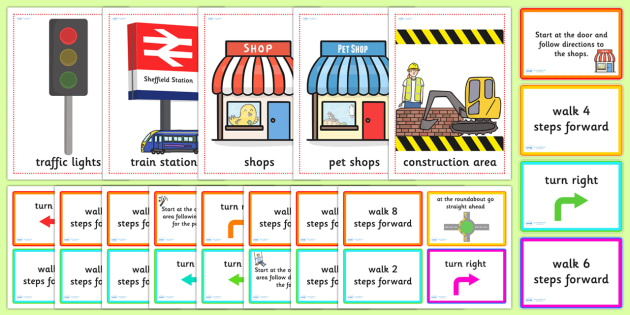
- Planning and sequencing: The sequential multi-step task/activity performance to achieve a well-defined result.
What can be done to improve following instructions?
- Eye contact: Get the child’s visual attention before giving them an instruction.
- Single instructions: Give your child only one instruction at a time.
- Simple language: Keep language simple and direct.
- Break verbal instructions into parts: Instead of “Go and get your lunchbox and your hat and go outside”, say “Get your lunchbox.” When the child has followed that instruction, say “Now get your hat” then “OK, now you can go outside”.
- Repeat: Get your child to repeat the instruction to ensure that they have understood what they need to do (e.g. “Go and get your bag then sit at the table. What do I want you to do?’).
- ‘First/Then’: Use this concept to help the child know what order they need to complete the command (e.
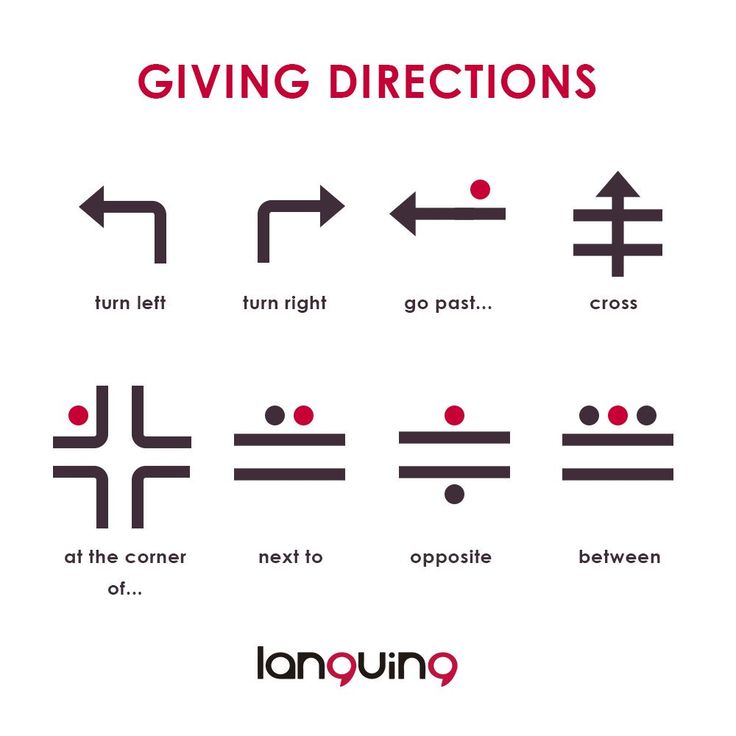 g. “First get your jacket, then put on your shoes”).
g. “First get your jacket, then put on your shoes”). - Clarify: Encourage the child to ask for clarification if they forget part of the instruction or have trouble understanding what they need to do. Encourage them to ask for the command to be repeated or clarified (e.g. “Can you say that again please?”).
- Visual aids (e.g. pictures, gestures, body language and facial expression) can be used to assist the child’s comprehension and recall of the instruction.
- Visual cues can often be very useful to help the child to follow longer instructions as it provides them with something to refer back to if they are having difficulty remembering what they need to do. It also highlights the order in which they need to complete the instruction.
What activities can help improve following instructions?
- Simon Says: Gradually increase the length of the command when playing this game (e.
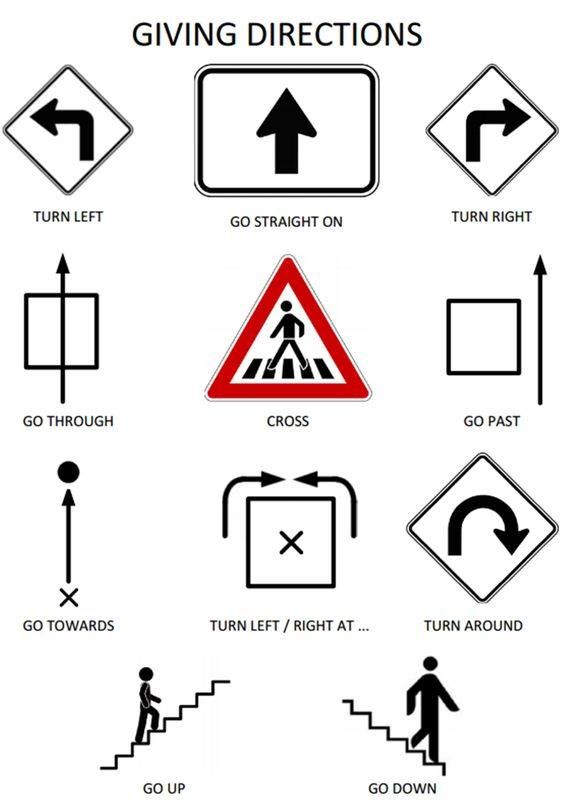 g. “Simon Says pat your head”; “Simon says first pat your head, then touch your nose”).
g. “Simon Says pat your head”; “Simon says first pat your head, then touch your nose”). - Robot game: Blindfold the ‘Robot’ (listener) so the child must listen very carefully to instructions to find something (e.g. go 3 steps forward, then 1 step to the right). This can be reversed so that the child has to give someone else the instructions.
- Drawing games: Describe a picture that the child cannot see and they must try and draw a similar picture from your verbal instructions. Compare the two pictures at the end. Use previously drawn background scenes (e.g. street scene, park scene, shelves of a cupboard, rooms in a house). Take turns giving instructions about where to draw or stick on pictures of objects or people (e.g. ‘put the plate on the second shelf’).
Why should I seek therapy if I notice difficulties with following instructions in my child?
Therapeutic intervention to help a child with following instruction difficulties is important to:
- Help a child to follow instructions within the educational setting (e.
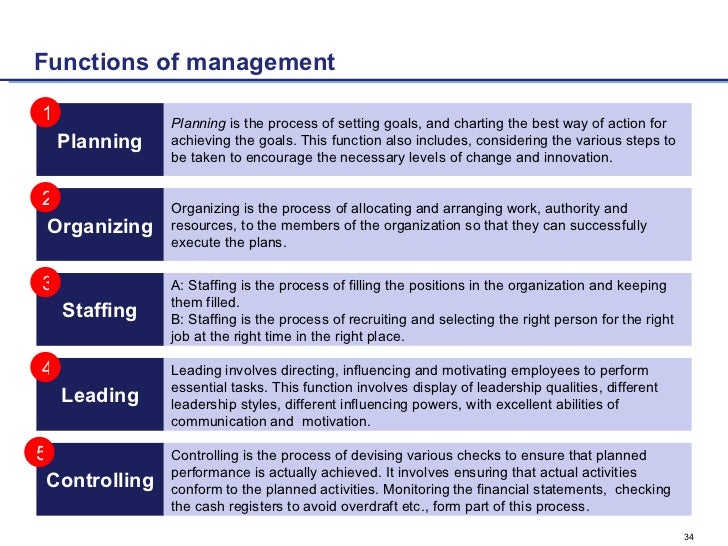 g. classroom instructions, academic task requirements).
g. classroom instructions, academic task requirements). - Help a child to follow commands within social situations (e.g. playing games with peers, engaging effectively with individuals during out-of-school activities such as playing sport).
- Help a child to understand and complete routine and unfamiliar tasks appropriately around the house or at school.
If left untreated what can difficulties with following instruction lead to?
When children have difficulties with following instructions, they might also have difficulties with:
- Understanding instructions during social interactions with peers and unfamiliar adults.
- Comprehending commands within academic tasks in higher levels of education.
- Following instructions in the workplace, which impacts on task efficiency.
What type of therapy is recommended for difficulties following instructions?
If your child has difficulties following instructions, it is recommended they consult a Speech Therapist.
If there are multiple areas of concern (i.e. beyond just following instructions) both Occupational Therapy and Speech Therapy may well be recommended to address the functional areas of concern. This is the benefit of choosing Kid Sense which provides both Occupational Therapy and Speech Therapy.
Almost everyone needs functional training. Here's how to practice
March 18, 2021 Likbez Sports and fitness
Soon you will be able to catch up with the departing bus, holding the child in your arms and jumping over puddles.
Iya Zorina
Author of Lifehacker, athlete, CCM
What is functional training
Functional training, or functional training, is a system of physical exercises that prepare a person for more efficient performance of ordinary everyday tasks.
These exercises partially repeat the movements that we perform every day in everyday life. For example, squats copy getting up from a chair, burpees - getting up from the floor, farmer's walk - carrying heavy bags in your hands.
The sequence of exercises, intensity and duration of the session are selected at the discretion of the trainer, so the programs can be very different from each other.
For example, a series of 10 chair squats and platform steps for the elderly is functional training. And the CrossFit complex, in which you need to do 20 barbell thrusters, 20 box jumps and 50 burpees, is also her.
Despite the differences, all functional trainings have a few things in common:
- Consist of multi-joint exercises . These are movements in which several joints and muscle groups work at once. While single-joint exercises like curls or leg extensions only build strength, multi-joint exercises teach muscle groups to work together for more efficient movement.
- Includes free weights . Body weight or barbells, dumbbells and kettlebells are used as weights. Unlike exercise machines, free weights also improve balance and the ability to pull, push, and carry heavy objects.
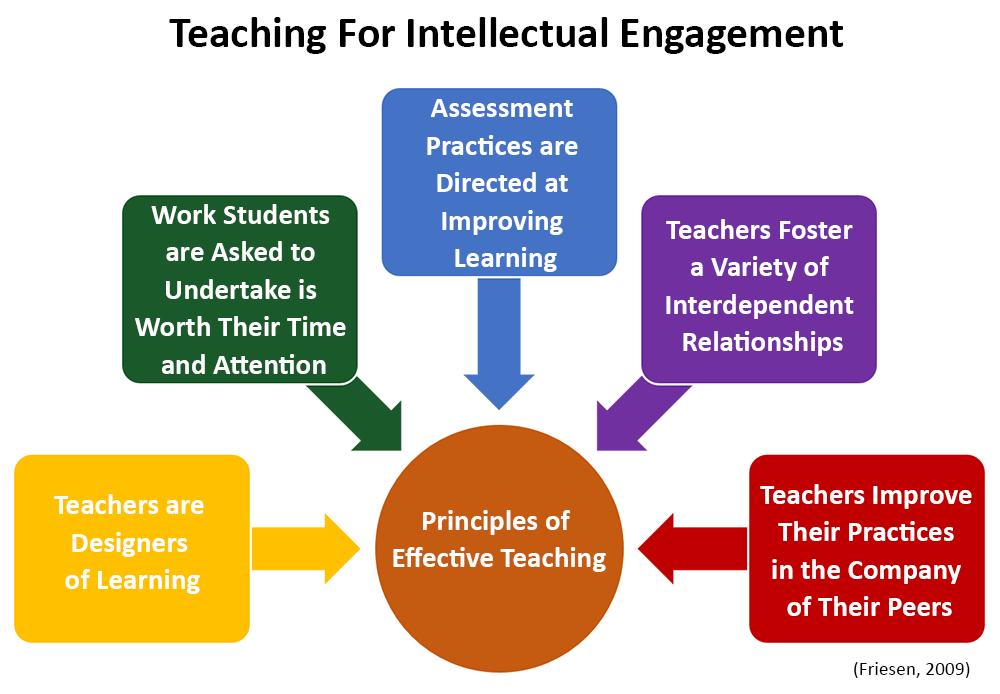
- Conducted in the interval circle format . This is an optional component of functional training, but because this format is both time-saving and great for building endurance, it is used quite often. Exercises are performed one after another for a certain time, for example 30 or 45 seconds, followed by a short rest and transition to the next movement.
Benefits of functional training
Develop different aspects of physical fitness
Functional exercises involve many muscle groups and often involve both the upper and lower body. This helps to develop not only muscle strength, but also agility and a sense of balance.
For example, a study in which a group of young tennis players took part showed that eight weeks of functional training significantly improved the sense of balance compared to regular tennis sessions.
This also works for older people. In an experiment involving post-menopausal women, 16 weeks of functional training significantly improved the participants' muscle strength, agility, balance, and aerobic capacity.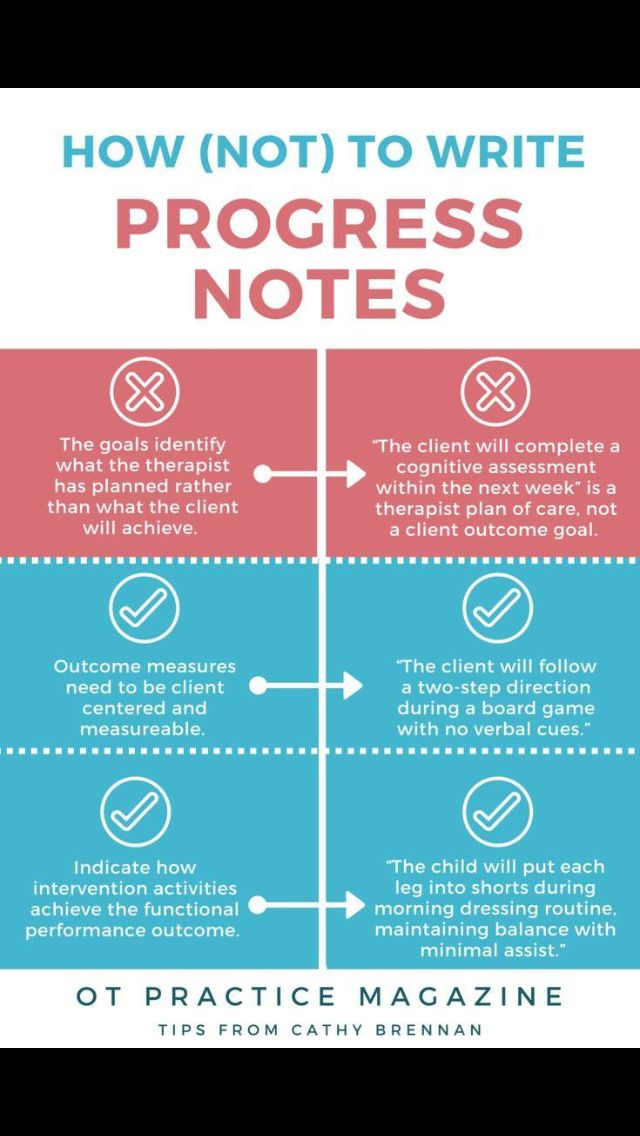
Flexibility exercises, such as yoga postures or dynamic stretching movements, are often included in the complexes. And if the classes are held in an interval circular format, they also pump endurance.
Thus, functional exercises comprehensively develop the body, preparing you for any challenge in everyday life.
You can deftly get up from the floor, carry a heavy bag without tearing your back, beat a child in badminton and climb a tree to get a stuck shuttlecock or climb to the 10th floor without any problems.
Suitable for all fitness levels
Functional exercises can be easily customized to fit the individual. For example, to simplify squats, it is enough to limit the range of motion - to go down to the support and rise from it. To complicate this exercise, you can do it with a barbell, expander or on one leg.
In addition, you can change the number of repetitions and approaches, reduce or increase the time of work and rest.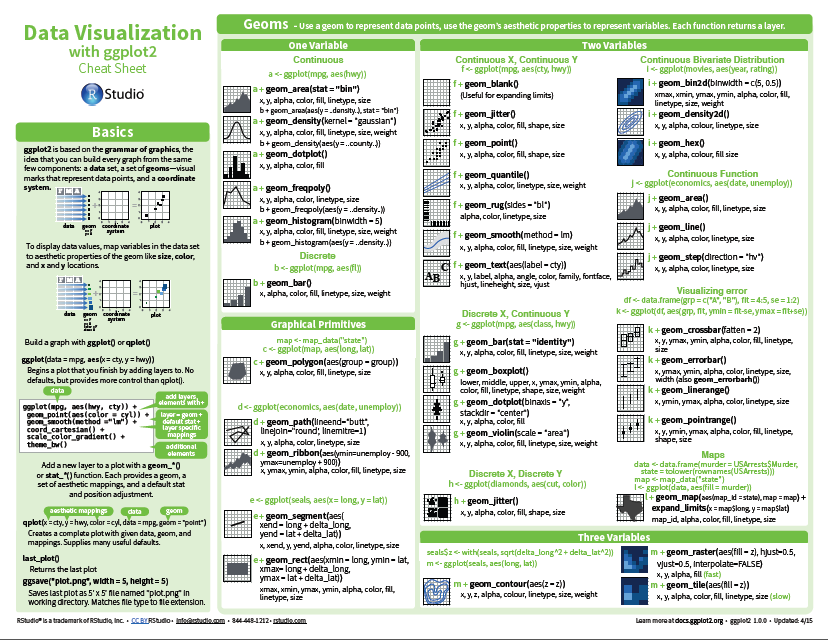
Thus, both an overweight elderly person and an athlete with excellent physical fitness can perform one functional training, just the complexity of their movements will be different.
Reduce the risk of injury in everyday life
Because functional training improves dexterity and balance, it can help reduce the risk of falls in the elderly in the long run. If you slip on ice or wet floors, you are more likely to regain your balance and not break anything.
Performing functional exercises helps to learn correct and safe movement patterns.
For example, when lifting a heavy bag, you will keep your back straight and work with your legs, as you are used to during a deadlift, so that you do not overload your lower back and do not get injured.
No Gym Required
Squats, burpees, climbing steps, step-ups and jumps, push-ups and many other functional movements require no special equipment and can be performed anywhere - in the gym, at home or on the street.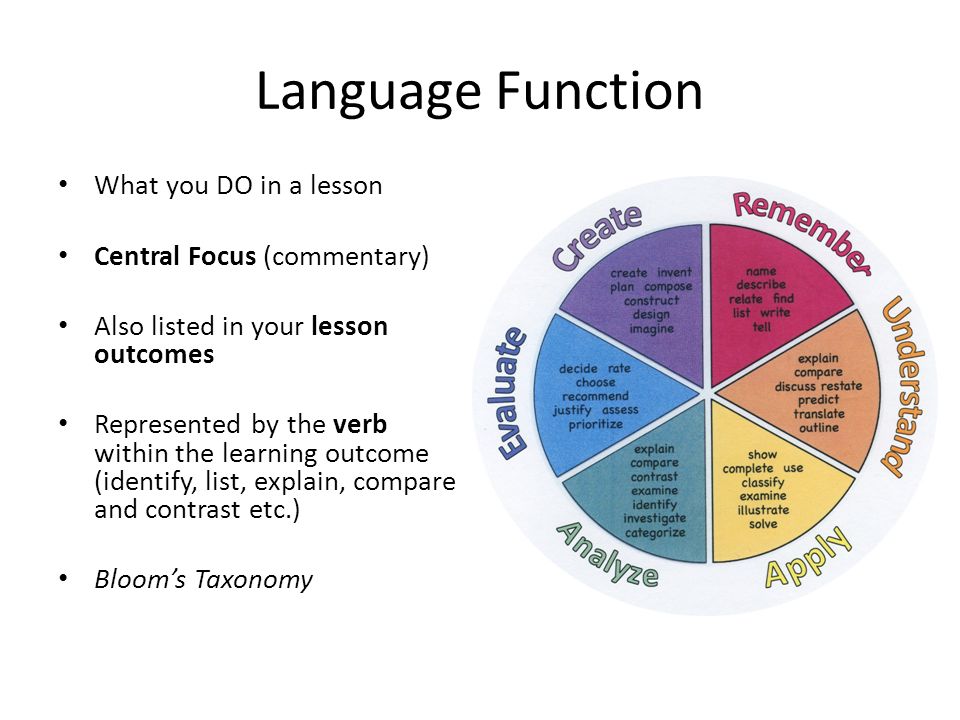
To complicate the movements, you can always purchase compact equipment for home workouts: dumbbells and expanders, horizontal bar, training loops, fitball.
Who is Functional Training for? increase your physical abilities.
Who functional training isn't for
Functional training is good for general body development, but it's not as effective when it comes to performance in a particular sport.
For achievements in sports, it is not enough to pump muscles somehow. It is necessary that they tense up exactly at that length and at the speed with which they will contract during competitive movements.
Keep in mind the specification rule: it is the indicators that you train that grow. In other words, if you want to bench press better from your chest, press from your chest, aim to run a hundred meters in 20 seconds - run a sprint.
If you are starting your career in sports from scratch, functional training will be a good help in your work, but the main focus will still need to be on specific movements.
Where to do functional training
Now many fitness clubs offer this direction, so you just need to find a gym closer to home and sign up for a class. Just check in advance what awaits you there.
If you are using the HIIT format and you are overweight or have cardiovascular problems, please consult with your doctor before visiting and monitor your condition carefully.
You can also do functional training at home without any equipment.
How to compose a functional workout
You can compose complexes of functional exercises yourself.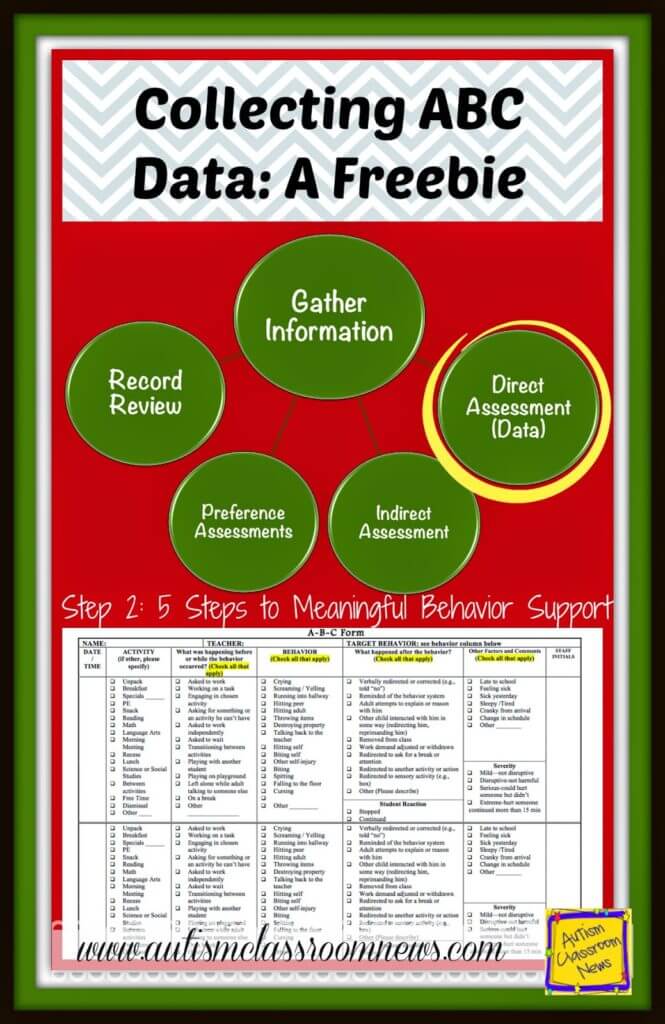 We list a few good options below.
We list a few good options below.
What movements to perform
You can alternate these exercises in any order, simplify and complicate according to your abilities.
Squats
Keep your back straight and your heels on the floor. If this happens, reduce the range of motion - squat to the depth at which you can maintain the correct technique.
If you want to increase the load, try the jump squat or add weight - take dumbbells, a barbell or resistance bands.
Lunges
Try the back lunge, which is more gentle on the knees. Keep your back straight, slightly tilt your body forward during the lunge.
Find out 👇
- How to do lunges for tightened hips and buttocks
Step-ups and high jumps
Make sure that the knee does not turn inward when lifting. Adjust the load by changing the height of the support.
You can also try high jumps, just make sure the footing is stable.
Deadlift
Photo: Alexander StarostinKeep your back straight and make sure the bar moves up and down close to your shins. Do not rush to add weight until you master the technique of the exercise.
Explore Question 🏋️♀️
- How to Deadlift for Tight Hips and a Healthy Back
If you are working out at home, you can deadlift with dumbbells or a homemade barbell made from a stick from a mop and cans of water.
Woodcutter
Try to twist your body more and move powerfully and intensively. First, try the movement without weight, and then find the right resistance.
In the gym, you can perform "lumberjack" on a block simulator.
Photo: Julia ObolenskayaAt home, you can take a medicine ball or other heavy compact object as a weight.
Pull-ups
This is one of the best pulling functional movements, so don't skip it. If you don’t know how to pull up yet, use the lead-up exercises from the article below.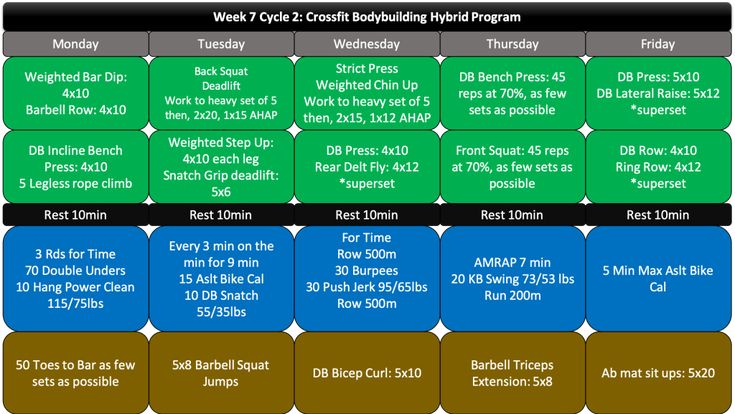
Choose 💪
- How to learn to pull up 5, 15 or 25 times: three programs for different levels of training
Push-ups
Keep your back straight and not wave during the lift, keep your elbows out to the sides and keep your lower back in a neutral position - don't let it sink down.
If you still can't do push-ups with the correct form, do the exercise from the knees or from the dais.
Burpees
If you find it difficult to perform the classic version of the exercise, try half-burpees: do not lie down on the floor, but simply stand up, put your legs to your hands and straighten up.
Crunches
Keep your lower back on the floor, do not put your hands on your head. To better load the muscles, keep the press in constant tension.
Bent Over Rows
Photo: Alexander Starostin Keep your back straight and do not change the angle of the hip joint until the end of the set.
As with the deadlift, you can do this exercise with a homemade barbell or dumbbells.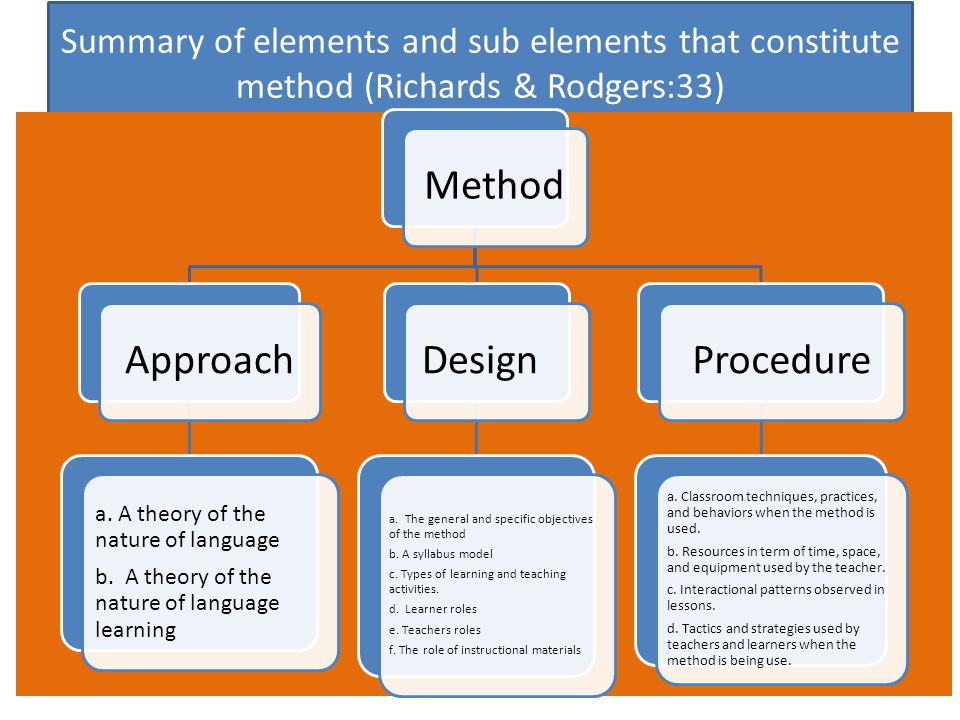
Climbing steps
Make sure that the pelvis does not move up and down a lot during the execution. Tighten the press so that the lower back does not fall down.
Glute Bridge
For better muscle loading, tighten your buttocks at the top of the exercise.
Which format to choose
Try the functional exercises in different formats and decide what you like best.
1. Sets and reps . Perform each movement in 3-5 sets of 15-20 reps if the exercise is easy and without weight, and 8-12 if it is technically difficult and with weight. Rest 60 to 180 seconds between sets, depending on how hard the exercise was.
- Example: 3 sets of 20 squats with 30 seconds rest in between, then 3 sets of 10 push-ups with 60-120 seconds rest, 3 sets of 20 climbing steps with 30 seconds rest.
2. Circuit training . Perform one set of each exercise on your list with little or no rest between movements. Arrange the exercises in such a sequence that they involve different muscle groups.
Arrange the exercises in such a sequence that they involve different muscle groups.
- Example: Do 20 squats, 10 push-ups and 20 climbing steps in a row, then rest 120 seconds and repeat 2-4 more times.
3. Interval complex . This format involves doing the exercises for a specific amount of time, such as 30-60 seconds. After that, you can take a breath for a fixed time, or immediately perform another movement without rest.
- Example 1: 30 seconds squats, 30 seconds rest, 30 seconds knee push-ups, 30 seconds rest, 30 seconds climbing steps, 30 seconds rest, repeat 3-5 circuits.
- Example 2 (EMOM): Perform 20 squats from the beginning of the minute, rest the remaining 60 seconds, then do 10 push-ups and 20 climbing steps in the same format and repeat from the beginning.
4. HIIT . Such workouts do not last long, perfectly develop endurance and burn a lot of calories in a minimum amount of time.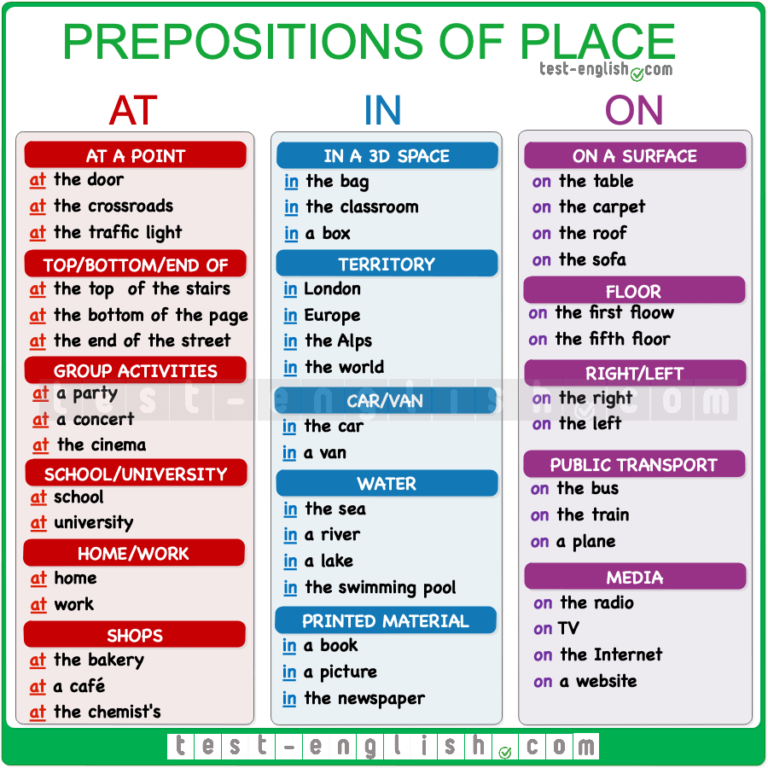 The point is to alternate short periods of hard work with intervals of rest or quiet activity.
The point is to alternate short periods of hard work with intervals of rest or quiet activity.
- Example (Tabata): 20 seconds jump squats, 10 seconds rest, 20 seconds non-stop push-ups, 10 seconds rest, 20 climbing steps as fast as you can, 10 seconds rest, 20 seconds burpees, 10 seconds rest, repeat the bunch 4 times.
Where to find ready-made functional trainings
Lifehacker has a series of home workouts "5 circles of hell" and "Pumping" that combine various functional movements. These are circular interval complexes that do not require equipment and can be performed at home.
Add to bookmarks ✅
- Pumping: a cool complex for good posture and healthy shoulders
- 5 circles of hell: 30-minute cool workout for a full body upgrade
- 5 circles of hell: home workout for a beautiful body
- 5 circles of hell: upgrade your body without leaving home
- 5 circles of hell: home workout will squeeze all your strength out of you in half an hour
of the day).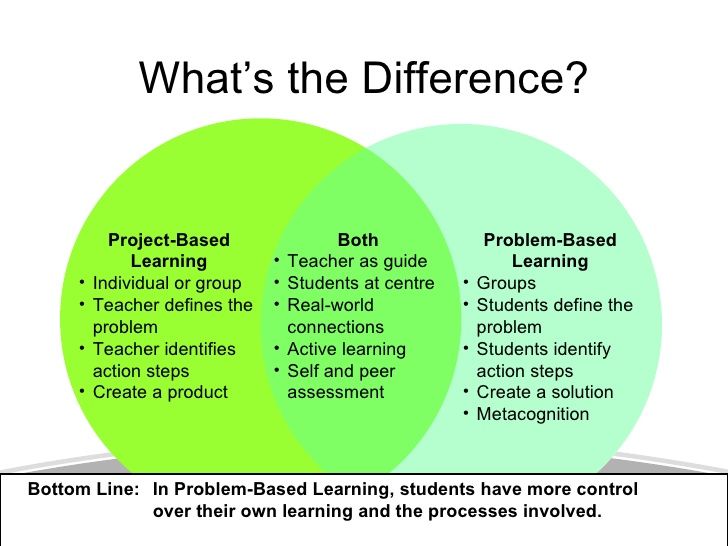 You can find ready-made ones here.
You can find ready-made ones here.
Choose WOD without elements of weightlifting and complex gymnastics: the risk of injury in these movements is very high. And do not do exercises that are unfamiliar to you in an intensive format: without good technique and a sufficient level of preparation, you risk harming yourself.
How often functional training can be done
It depends on the training format. The more intense the activity, the more time it takes to recover.
High intensity interval training and free weights are best done 2-3 times per week. Less expensive complexes with medium intensity and exercises with your body weight can be performed more often - 4-5 times a week.
On your free days, you can try yoga - this Eastern practice also includes functional movements, improves flexibility and balance, and has a beneficial effect on the nervous system.
Read also 🧐
- 5 science-proven workout rules for the 21st century
- 5 easy workouts for the laziest
- Workout of the Day: An easy workout for those who haven't moved in a while
Iterations and Functional Counts
Iterations and Functional Counts
In general, Optimization Toolbox™ solvers iterate to find the optimum.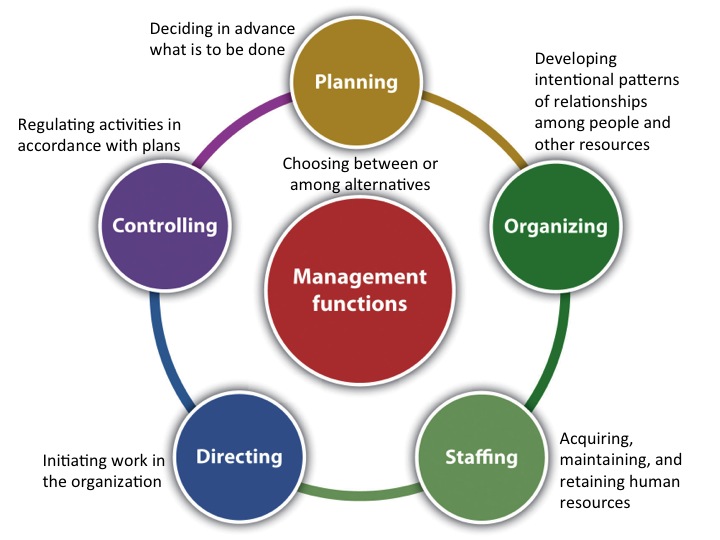 Solver starts at initial value x 0 , performs some intermediate calculations that eventually lead to a new point x 1 , and then repeats the process to find successive approximations x 2 , x , x . .. local minimum. Processing stops after a certain number of iterations k .
Solver starts at initial value x 0 , performs some intermediate calculations that eventually lead to a new point x 1 , and then repeats the process to find successive approximations x 2 , x , x . .. local minimum. Processing stops after a certain number of iterations k .
You can limit the number of iterations or function quantities by setting MaxIterations or MaxFunctionEvaluations options for using the solver optimoptions . Or, if you want the solver to continue after one of these limits is reached, increase the values of these options. See Set and Change Options.
At any step, intermediate calculations can include the execution of the objective function, and any restrictions at points near the current are iterated xi . For example, the solver may evaluate the gradient by finite differences.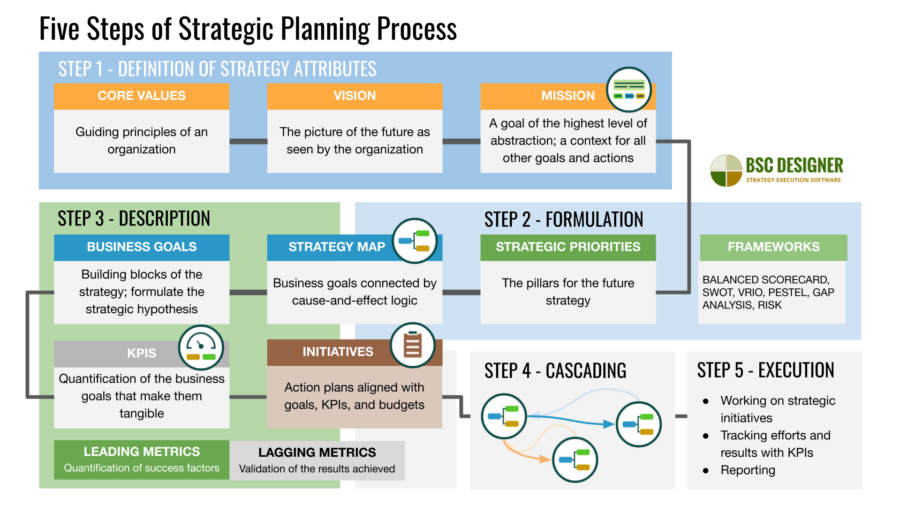 At each neighboring point, the functional number (
At each neighboring point, the functional number ( F-count ) increase by one. A typical Iteration of a figure in 3D space shows that in 3D space with direct finite size delta differences, one iteration usually corresponds to an increase in function count of four. In the figure, e i represents a unit vector in the i th coordinate direction.
Typical 3D iteration
-
If the problem has no limits,
F-countreports the total number of evaluations of the objective function. -
If the problem is constrained,
F-countreports only the number of points where function evaluations occurred, not the total number of constraint function evaluations. So, if the problem has many constraints,F-countcan be significantly less than the total number of function evaluations.
Sometimes the solver attempts a step and rejects the attempt.

